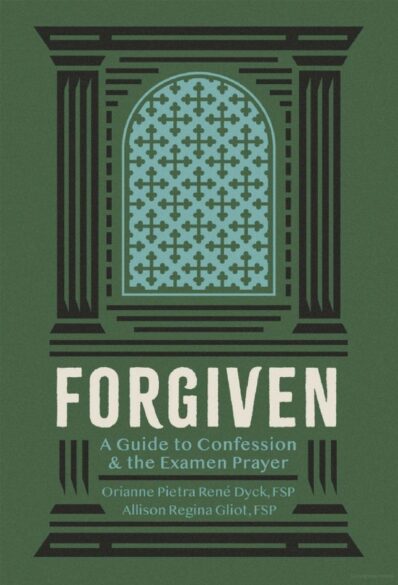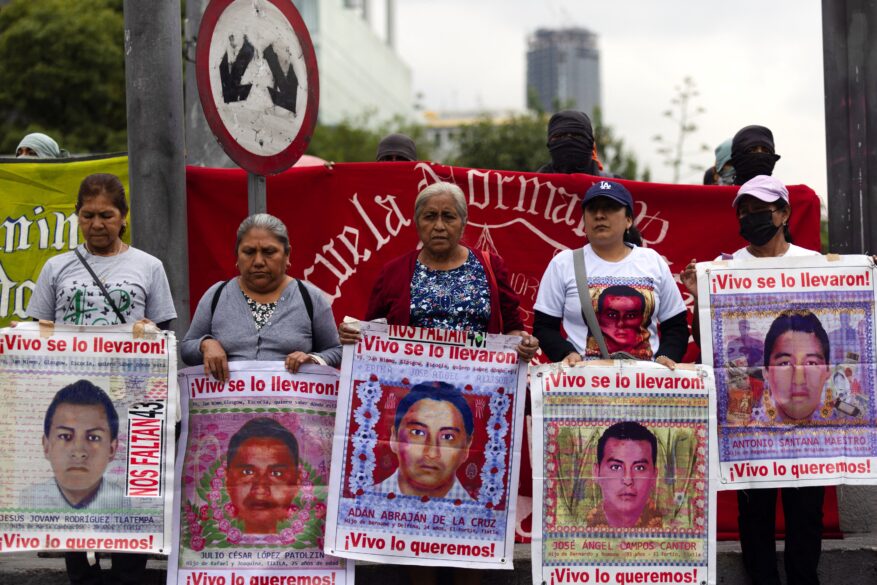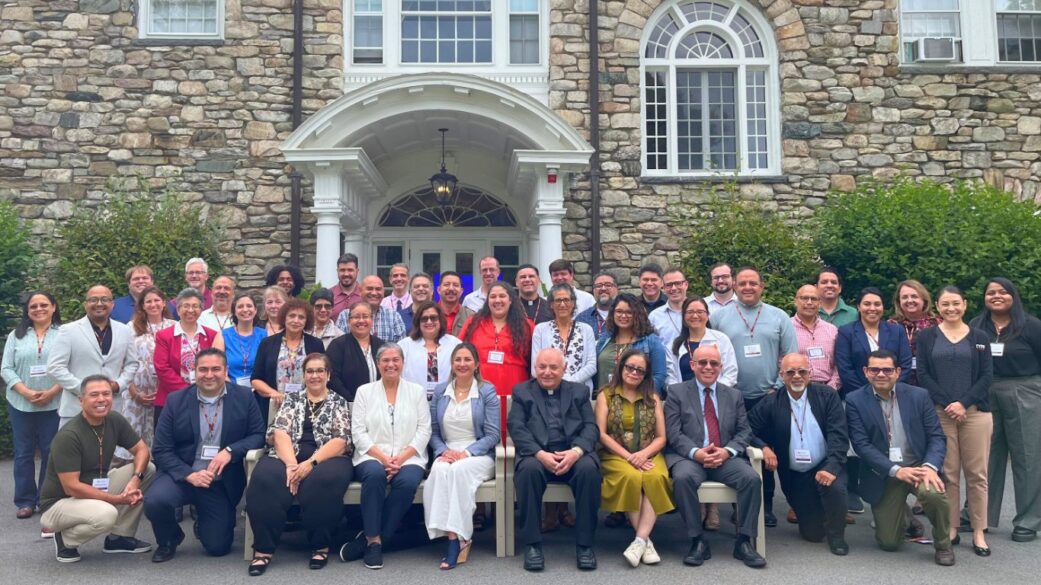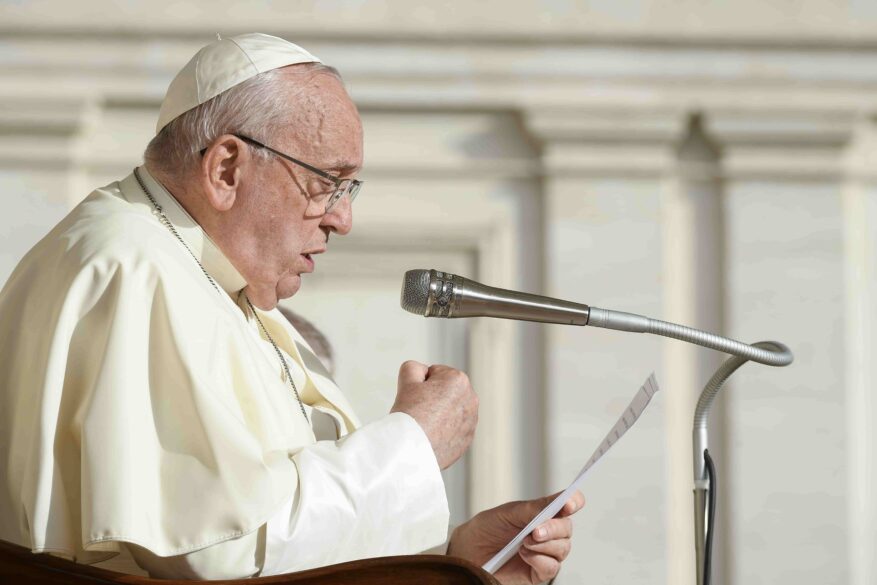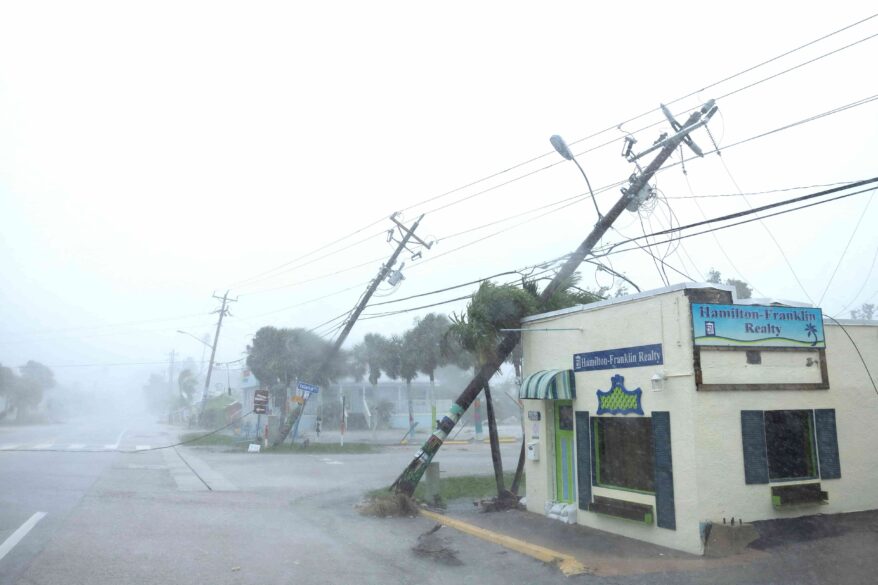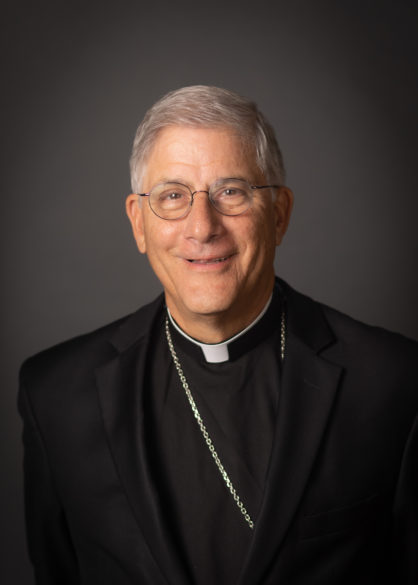By Maria Wiering
(OSV News) — The second meeting of the 16th Ordinary General Assembly of the Synod of Bishops begins Oct. 2 at the Vatican. Like last year’s meeting, it’s a four-week-long gathering of 368 voting delegates — with scores more of nonvoting participants — from six continents to address the theme “For a Synodal Church: Communion, Participation, Mission” and experience synodality, a posture of listening, accompaniment and communion in the church.
Unlike last year’s meeting, hot-button topics are not expected to compete for participants’ attention. Instead, the focus is expected to be on synodality itself.

Here are seven things to know about this year’s second and final gathering for the Synod on Synodality:
1. This meeting is rooted in a three-year process, which began in 2021 with diocesan-level consultation on synodality in the church. That consultation advanced to the level of bishops’ conferences and then included a continental phase. Information gathered from those phases influenced the framework for the 16th Ordinary General Assembly of the Synod of Bishops, which has been distinguished by including, for the first time, voting lay delegates, and for being held over two meetings. The first meeting was held at the Vatican Oct. 4-28, 2023. Following that meeting, bishops and delegates engaged in further consultation on how to grow as a synodal church, which was synthesized and shared with the Holy See and the public. Meanwhile, eight U.S. priests participated in an International Meeting of Parish Priests from April 28-May 2 to consider the topic of “How to be a synodal local Church in mission?” Participants in the synod’s October 2024 meeting are expected to craft a synthesis report. In the past, synods of bishops have ordinarily resulted in the pope issuing a document on the topic addressed.
2. The “roadmap” for the delegates’ work in October is outlined in the “instrumentum laboris” published in July. This document is the second “working document” of this synod, with a different “instrumentum laboris” issued before the synod’s first meeting in October 2023. The 2024 document is rooted in a wide-ranging synthesis report synod delegates adopted at the end of last year’s meeting that identified areas worthy of further attention ahead of this year’s meeting, as well as the additional consultation undertaken between the meetings. With the overarching theme of “how to be a missionary synodal church,” the working document emphasized questions around Christian formation, communal discernment, and transparency and accountability.
3. The synod formally opens Oct. 2 with a papal Mass, but a penitential liturgy will be held the evening Oct. 1 at St. Peter’s Basilica. With Pope Francis presiding, the penitential liturgy is expected to include three testimonies, including one from a victim-survivor of clergy sexual abuse. It will also include the confessions of “a number of sins,” according to a document from the Holy See: “The aim is not to denounce the sin of others, but to acknowledge oneself as a member of those who, by omission or action, become the cause of suffering and responsible for the evil inflicted on the innocent and defenseless.” Among the sins are those against synodality. The penitential liturgy will conclude a two-day retreat for synod delegates.
Last year’s synod meeting was preceded by a special ecumenical prayer vigil in St. Peter’s Square that brought together leaders of other Christian denominations, including Ecumenical Patriarch of Constantinople Bartholomew I of the Eastern Orthodox Church and Anglican Archbishop of Canterbury Justin Welby. An ecumenical prayer service has been planned this year for the evening of Oct. 11, the 62nd anniversary of the opening of the Second Vatican Council.
- – 4. The structure of the second synod meeting is expected to mirror the first meeting, with delegates sitting at round tables, listening to presentations and participating in “conversations in the spirit,” an approach to listening to the Holy Spirit and each other that includes periods of silence and an opportunity for everyone to share and respond.
- – 5. Widely controversial topics — such as women’s ordination to the diaconate, married clergy and ministry to people who identify as LGBT — have moved from the synod’s roundtable discussions to special theological study groups. With these study groups doing the heavy lifting on these topics, synod participants are expected to focus more on the meaning and experience of synodality itself. However, delegates expect to receive a progress report from the study groups, and they are expected to submit final reports on their work in June.
One topic that is expected to be discussed — formally or informally — is the December issuing of “Fiducia Supplicans,” a pastoral instruction issued by the Dicastery for the Doctrine of the Faith that outlined the “possibility of blessing couples in irregular situations and same-sex couples without officially validating their status or changing in any way the Church’s perennial teaching on marriage.” The document was met with controversy worldwide, both for its content and its promulgation, with some critics suggesting that the mode for crafting the document did not include proper consultation, or that bishops were underprepared for its publication. Bishops in Africa and elsewhere formally rejected the pastoral guidance offered in the document, and, while the document was not tied to the synod, some African leaders told OSV News that they felt “Fiducia” tainted the synod process.
- – 6. Of the 368 voting delegates — 272 bishops and 96 non-bishops — the vast majority are returning from the first meeting. The U.S. will have the same 18 delegates with the exception of Cardinal Timothy M. Dolan of New York, whose seat has been assumed by Archbishop William E. Lori of Baltimore. Archbishop Lori was among the bishops initially chosen to attend both synod meetings, but he was unable to attend last year.
- – 7. For many, “synodality” continues to be a difficult-to-define concept. The synthesis report acknowledged this challenge, noting that “the terms ‘synodal’ and ‘synodality’ require a more accurate clarification of their levels of meaning in different cultures.” The document also explained synodality this way: “In its broadest sense, synodality can be understood as Christians walking in communion with Christ toward the Kingdom along with the whole of humanity. Its orientation is towards mission, and its practice involves gathering in assembly at each level of ecclesial life. It involves reciprocal listening, dialogue, community discernment, and creation of consensus as an expression that renders Christ present in the Holy Spirit, each taking decisions in accordance with their responsibilities.”
Last year’s synthesis report also stated that the assembly members agree, by and large, “that, with the necessary clarifications, synodality represents the future of the church.”
(Maria Wiering is senior writer for OSV News.)

